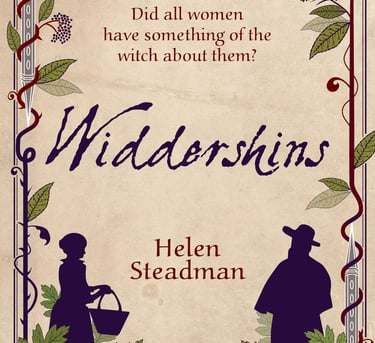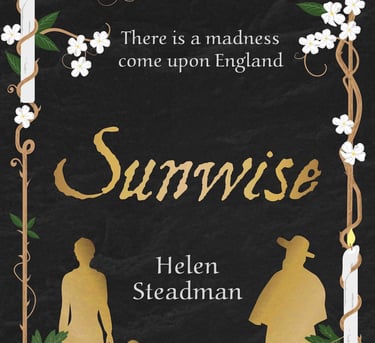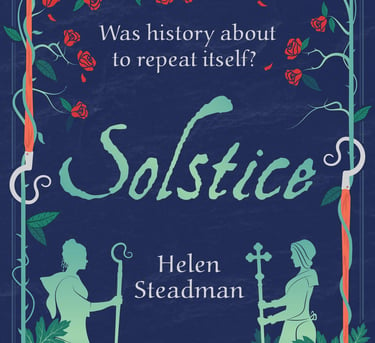The Riding Mill Witch Hunt of 1673
This time, the witchfinder is a young woman...
WITCH TRIALS
Helen Steadman
9/30/20233 min read






About ten miles away from me, in 1673, the Riding Mill witch hunt took place, almost quarter of a century after the 1650 Newcastle witch trials.
Perhaps the most interesting source of information on the Derwent Valley witches (or the Tyne Valley witches) is the collection of depositions from York Castle. In this curious witch hunt, a girl called Anne Armstrong, who was evidently more of an equal-opportunities witchfinder, accused her neigbours:
Alice Dixon, Anne Drydon, Anne Foster, Anne Parteis, Anne Usher, Anne Whitfield, Anton Hunter, Anthony Hunter, Catherine Ellott, Chr. Dixon, Dorothy Green, Elisabeth Atchinson, Elizabeth Pickering, Isabell Johnson, Isabell Thompson, Issabell Andrew, Jane Baites, Jane Hopper, Jane Makepeace, John Whitfield, Lucy Thompson, Margaret Milbourne, Mary Hunter, Michaell Aynsley, Thomasine Watson.
Armstrong’s accusations included being bridled and ridden like a horse to join a coven at Riding Mill. She stated that she’d watched the coven dine with the devil, who was sitting on a gold throne. He presided over a magical table, which filled and refilled with meat and drink. She also reports using cheese as something like a cross between a fortune-telling device and a truth serum. Clearly, seventeenth-century cheese was more potent than its twenty-first century counterpart, which will only give you nightmares if you’re unlucky. In any case, Ms Armstrong might have been suffering from hunger as most of her accusations involve food and drink in one form or another.
Worryingly, many of those accused did go on to confess to all sorts of heinous practices. Perhaps worst of all, Elizabeth Pickering of Whittonstall confessed that she had power over her neighbour’s beasts and that she had killed a neighbour’s child. However, Ms Pickering then went on to accuse several other people. It was fairly common during witch trials for one defendant to accuse others, perhaps in the hope of saving themselves. And of course, it’s not known what methods might have been used to extract these confessions…
I based Widdershins on the Newcastle witches, but I was intrigued by the Riding Mill witches, and after writing Sunwise, I was interested in writing a novel with a young woman as a witchfinder. In early drafts of Solstice, half the parish of Mutton Clog found themselves on the gallows, but what works in real life doesn’t always work so well in fiction, so I let the innocent parishioners off the hook and revised, and revised, and revised again…
Book 3 of The Newcastle Witch Trials Trilogy has been a long time coming, and in the end, my female witchfinder is a young girl from Ely by the name of Patience Leaton, rather than Anne Armstrong from just yon side of the river, but I hope you enjoy reading about her in Solstice. (This is the final book in the trilogy, but when I get some time, I hope to write a short story from Tom Verger's point of view so he can tell the tale of his time at sea.)
If you'd like to find out more about the Riding Mill witch trials, just google Depositions from the Castle of York and the search should bring up a range of options for you to explore.
